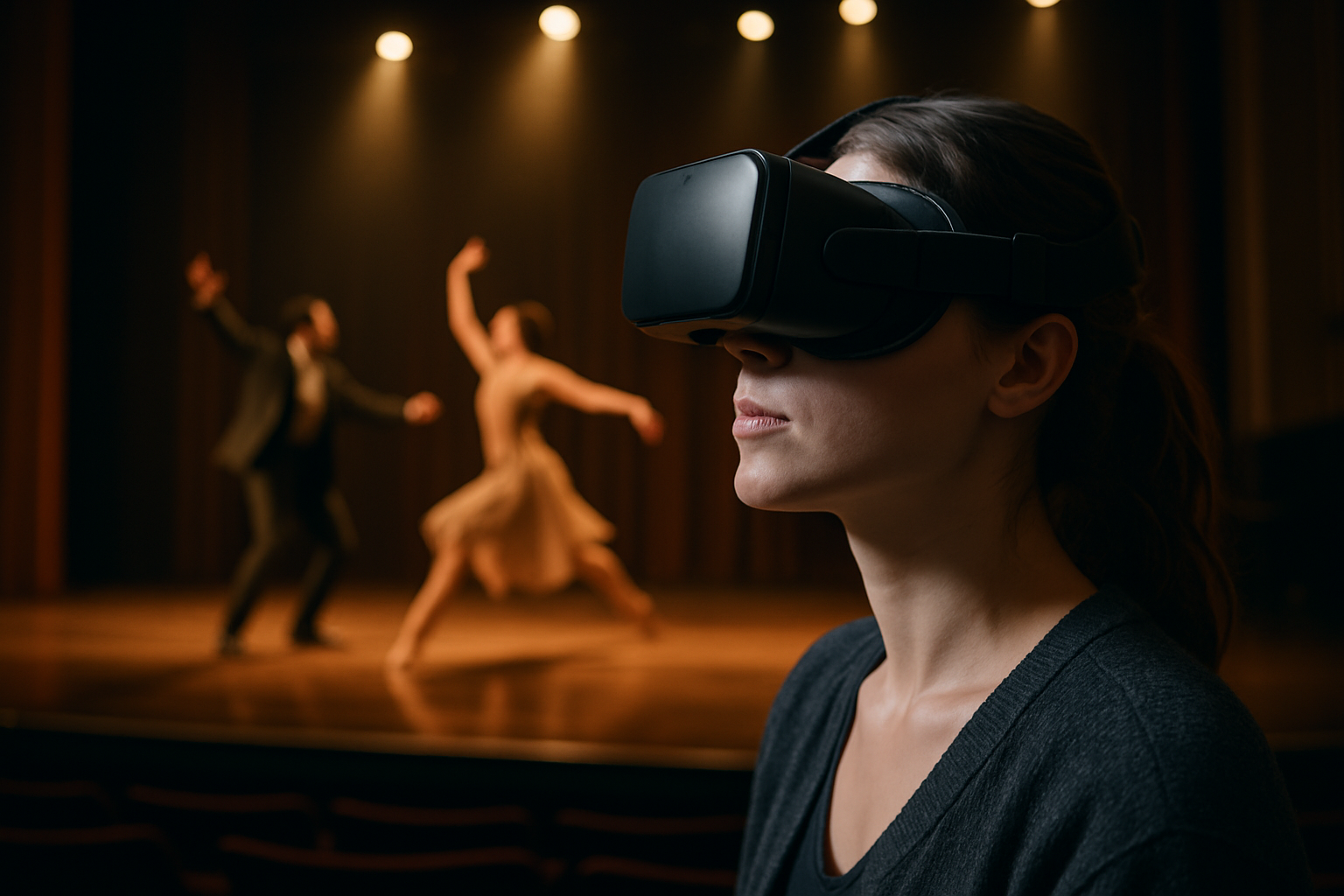The rise of hybrid performances in live and virtual spaces
Hybrid performances—events that combine in-person and online elements—have become a mainstay across cultural sectors. From museums streaming gallery talks to theatres staging simultaneous live and virtual shows, creators are rethinking how audiences experience film, music, dance and visual art. This shift is reshaping production, distribution and audience engagement globally.

How do culture and creativity shape hybrid shows?
Hybrid performances are driven by cultural context and creative experimentation. Creators draw on local traditions and global influences to design experiences that make sense both in a physical venue and through digital channels. This requires translating sensory, visual and spatial elements into formats that survive streaming and interactivity without losing artistic integrity. For many artists, hybrid models offer new storytelling possibilities: layered narratives, branching audience choices, and accessible programming that preserves a performance’s emotional core while expanding reach.
How is streaming changing film and cinema?
Streaming has altered how film and cinema intersect with live events. Festivals now program physical screenings alongside virtual premieres and Q&A sessions; filmmakers pair live score performances with online director commentary; cinemas experiment with hybrid ticketing that grants in-person and online access. This convergence demands technical standards for image and sound fidelity and new distribution strategies that balance exclusivity with accessibility. While streaming widens audiences, it also prompts filmmakers and exhibitors to rethink pacing, intermission, and communal viewing dynamics.
How do music and sound work in hybrid performance?
Music adapts to hybrid formats through multi-room and multi-channel approaches. Live musicians perform for a venue while additional audio feeds, spatialized soundscapes and high-resolution mixes are delivered to remote listeners. Collaboration tools enable real-time rehearsal across distances, and multimedia presets let composers match visual cues for both screens and the stage. Managing latency and preserving audio quality are ongoing technical challenges, but creative solutions—such as localized micro-ensembles or staggered streaming windows—help maintain musical immediacy.
How are theatre and dance adapting to virtual spaces?
Theatre and dance have experimented with choreography and staging designed for cameras as much as for the auditorium. Directors reframe blocking so that both physical and camera vantage points tell the story; dancers learn to modulate gestures to read on a screen. Storytelling methods expand to include interactive elements, branching narratives and mixed-reality backdrops. Training, rehearsal and technical production now account for lighting, framing and streaming bandwidth alongside traditional stagecraft, creating hybrid practices that preserve live tension while leveraging cinematic techniques.
How do exhibitions, galleries and visual art go hybrid?
Exhibitions and galleries create hybrid access through virtual tours, artist-led live streams and augmented reality overlays that extend physical installations into viewers’ homes. Visual artists use multimedia and projection to create pieces that translate to both gallery walls and browser windows. Curators sequence content so that online audiences receive contextual materials—interviews, close-ups, and multimedia essays—that complement the in‑person experience. Hybrid exhibitions also open opportunities for cross-site collaboration between institutions and for reaching audiences unable to travel.
How are festivals and storytelling evolving for audiences?
Festivals integrate hybrid programming to broaden participation: simultaneous live screenings, streamed panels, and interactive digital installations. Storytelling formats adapt by offering serialized online content paired with flagship in-person events, creating layered narratives that unfold across platforms. Audience engagement shifts from passive consumption to participatory experiences—chat moderated Q&As, community curation, and social media-driven extensions that keep the conversation alive beyond a single showing. Hybrid festivals require logistical coordination, from rights clearance to synchronized scheduling, but they can also create resilient cultural hubs.
Hybrid practices present both opportunities and constraints. Creators must balance the authenticity of live presence with the scalability of digital reach, while technical teams address bandwidth, latency and accessibility. Cultural institutions and independent artists are finding hybrid workflows that preserve artistic intent, extend audience access, and experiment with new forms of storytelling and visual presentation.
Hybrid performance is not a single model but a spectrum of approaches that blends live intensity with virtual flexibility. As film, music, theatre, exhibition and festival organizers refine production techniques and audience tools, hybrid formats will continue evolving—shaping how creativity and culture are produced, shared and experienced worldwide.





